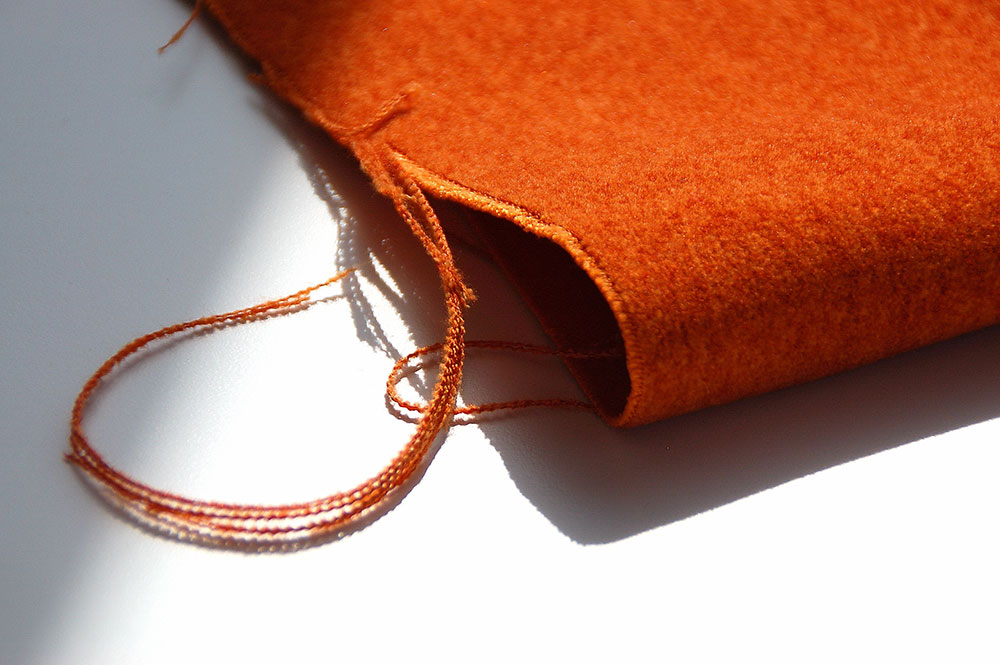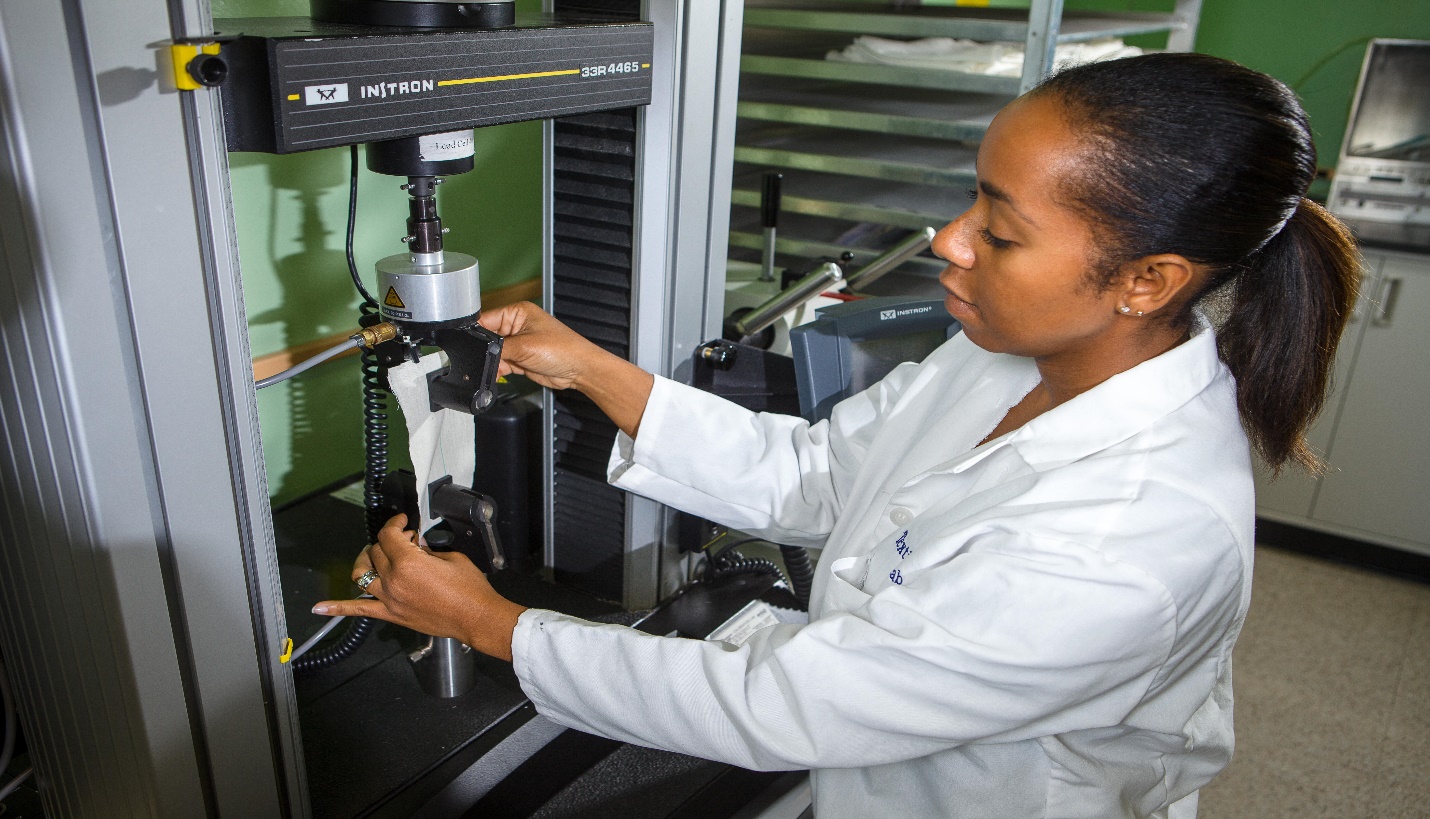Are you familiar with textile testing? It is actually one of the essential procedures in determining the materials’ properties, endurance, and quality. These tests are performed in special laboratories, by using latest equipment, helping manufacturers to learn more about the features of their goods.
Perhaps the most popular inspection procedure is the Martindale method, checking abrasion resistance. However, all methods are crucial in providing a top-notch, faultless textile by assessing and controlling its quality during and after the production process. Thus, any type of a defect can be easily discovered and repaired on time.

These are the crucial benefits of textile testing for businesses in this industry.
Assessing the quality of raw materials
In order for the final textile products to be of solid quality, it’s paramount to assess the quality of the raw materials used in their production. Therefore, the purpose of this testing is to determine whether the raw materials have the necessary properties to be approved for garment production.
Moreover, it’s natural for them to differ in quality, so the standards need to be adapted separately, considering that fabric, yarns, and fibers have dissimilar properties. Also, the standards are supposed to be realistic in order to approve those fabrics that are worth using in the textile industry. In fact, all fabrics should be subjected to the Martindale rub test, testing their abrasion resistance in order to check their durability.
Quality control
Another benefit of using such testing equipment is inspecting the quality of the products at different phases of the manufacturing process. In the course of production, samples have to be taken in order to check whether the products’ properties meet the standards of the manufacturer. In case some of the samples fail to meet the requirements, these are immediately excluded from the production process.
Inspecting the final product
This process takes place before textiles are delivered to the customers in order to check for potential flaws. Considering that it’s the ultimate phase, there isn’t much to be done to alter the class of the fabric.
However, it’s practice for some samples or even better the entire fabric to be tested. It’s common to come across certain defective parts that need to be repaired prior to being sent to the clients. Fortunately, the testing machines are capable of detecting even the slightest faults, thus allowing manufacturers to provide first class products.

Analyzing defective materials
Another benefit of textile testing is determining the cause of defective fabrics. The faults may be discovered either by the manufacturer during the ultimate inspection or by the customer upon receiving the product. Click here to check out some of the most common fabric defects.
In addition, this kind of inspections serve the purpose of preventing such faults from happening in the future so as to improve the standard of the final product. However, it doesn’t necessarily mean that the manufacturer is the one taking responsibility, as the material could have been damaged by the customer. Therefore, the inspection is usually performed by a third-party lab that provides objective findings.
Aiding product development
Similar to the other industries, the textile industry subjects materials to various modifications and manufacturing methods. However, in order for them to enter the market, their properties need to be inspected.
Furthermore, these tests show whether the properties have been altered in a positive or a negative way. Sometimes manufacturers are able to speed up production without reducing the fabric’s properties. Therefore, this testing has proven to be indispensable for the development and research of products.
Testing abrasion resistance
The machines for abrasion resistance testing determine the endurance of the material. Samples are being rubbed against a coarse surface in order to test their resistance, measured in units, named Martindale units. The higher the number of units, the greater the resistance. Visit the following link: https://en.wikipedia.org/wiki/Martindale_(unit), to learn more about the Martindale method.
Wrap up
The importance of using this kind of equipment for checking materials’ quality is considered to be vital in the industry.
Purchasing such machines is certainly worth the investment. It’s the most efficient way of developing and improving the process of production.
Try incorporating it into your business!